TP - The revolution of streamlining the organizational apparatus is an urgent requirement to bring the country into a new era - the era of national development. In this revolution, the requirement of organizing multi-sectoral and multi-disciplinary ministries to avoid duplication, overlap, and waste of time and opportunities is raised with many values in both theory and practice.
Lesson 1: The story of 3 ministries merging into 1 Faced with the situation of cumbersome organizational structure, low effectiveness and efficiency, in 1995, our Party decided to take a step forward in reforming the state administration. In this reform, the Party and State agencies decided to merge a number of ministries and branches with similar functions and tasks to conform to the economic renovation policy, creating a premise for industrialization and modernization of the country. Organizational innovation has not kept up More than 8 years after the 6th Party Congress, the economic renovation initiated and led by the Party has achieved very important achievements. The face of the country has changed a lot, creating a premise for a step forward in the cause of industrialization and modernization of the country. However, while the centralized subsidy management method was abolished, the organizational apparatus has not been innovated in time, leading to many shortcomings and overlaps. Mr. Vo Dai Luoc, former Director of the World Economic Institute - who was a member of the advisory group for Chairman of the Council of Ministers Do Muoi on anti-inflation - said that before the renovation, the State apparatus was designed according to the subsidy plan model, each ministry and branch managed a field, so the number of agencies under the Government was very large. "The 4th Congress of the Party only focused on economic renovation, not on administrative renovation, so the number of agencies under the Government was large and overlapping is understandable," Mr. Luoc said. After the economic renovation in 1986, the Party and State initially reorganized the ministries and branches accordingly. However, according to Mr. Luoc, by 1995, looking back, the number of ministries, branches and agencies under the Government was still very large. Mr. Luoc cited that in the fields under the current management of the Ministry of Industry and Trade , at that time there were: the Ministry of Light Industry, the Ministry of Heavy Industry, the Ministry of Energy, and the Ministry of Trade. Similarly, in the field of management of the Ministry of Agriculture and Rural Development, at that time it was under the functions and tasks of 4 ministries, including: Ministry of Agriculture and Food Industry, Ministry of Forestry, Ministry of Water Resources and Ministry of Fisheries. "Each ministry is in charge of a separate field, so the Government apparatus is very cumbersome, with many layers, and very complicated administrative procedures," said Mr. Luoc. Meanwhile, after the renovation process, the economy developed rapidly and strongly, the management role of many ministries and branches was narrowed, requiring a reform of the state administration. Looking straight at the truth On January 16, 1995, the 8th Conference of the 7th Party Central Committee officially opened in Hanoi . In his opening speech, General Secretary Do Muoi (according to historical documents) emphasized the important achievements of the renovation process initiated and led by the Party, which was enthusiastically responded to and implemented by the people. Through the implementation of the renovation policy, the country's appearance has changed a lot, creating a premise to move forward to the cause of industrialization and modernization of the country. Besides the results achieved, General Secretary Do Muoi frankly pointed out the weaknesses, both in knowledge and practical organizational capacity of the apparatus, as well as the qualifications and qualities of state officials and employees. The apparatus is increasingly bloated, becoming very cumbersome, overlapping with many levels; the effectiveness and efficiency of management and operation are low; the situation of disregarding the law, disregarding the law, discipline, bribery and smuggling is quite serious, both within the apparatus and in society. "That is a pain that absolutely cannot be allowed to exist," General Secretary Do Muoi affirmed at the 8th Conference in 1995. Therefore, one of the important tasks of the 8th Central Conference is to discuss and propose policies and measures to reform the state administration step by step in accordance with the requirements of the situation in the new period. “Of course, this is not a simple, easy, smooth-sailing job, but has many difficulties and complications because it directly affects local and personal interests, the inertia of perceptions and habits that are hindering the innovation process; it places higher demands on the qualities, knowledge and capacity of each individual, of the entire apparatus in the work of leading and managing society”, General Secretary Do Muoi emphasized at that time... Consensus on merging ministries and branches
Only 6 days after the opening session, the Central Committee issued Resolution No. 08-NQ/HNTW of the 8th Conference on continuing to build and perfect the Socialist Republic of Vietnam - One-step reform of the state administration (January 23, 1995). According to Mr. Nguyen Trong Phuc, former Director of the Party History Institute, this is considered one of the first major, comprehensive resolutions of the Party on building and perfecting the state, reforming the administration after the country carried out economic renovation.
In October 1995, at the 8th Session, the 9th National Assembly decided to take a step to merge ministries, including merging the Ministry of Heavy Industry, the Ministry of Energy and the Ministry of Light Industry into the Ministry of Industry; establishing the Ministry of Agriculture and Rural Development on the basis of merging 3 ministries: Ministry of Forestry, Ministry of Agriculture and Food Industry and Ministry of Irrigation... Recalling that time, Mr. Nguyen Tuc, who was then a Standing Member of the Central Committee of the Vietnam Fatherland Front, said that at that time, through listening and discussing, the majority expressed their agreement with the Party and State's policy on reorganizing the apparatus and merging ministries and branches together. Therefore, when the Government presented the plan to merge ministries and branches to the National Assembly, it received very high approval. “At that time, through listening and discussing, I found that there were certain concerns, but not many, not too complicated. Most of them were supportive, so the process of implementing organizational reform went relatively smoothly,” Mr. Tuc recalled.
 |
| The 9th National Assembly decided to merge many ministries and branches. Photo:Quochoi.vn |
At the 8th Session of the 9th National Assembly (October 1995), the National Assembly decided to merge ministries, including merging the Ministry of Heavy Industry, the Ministry of Energy and the Ministry of Light Industry into the Ministry of Industry; establishing the Ministry of Agriculture and Rural Development on the basis of merging 3 ministries: Forestry, Irrigation and the Ministry of Agriculture & Food Industry.
“Our Party has reorganized the apparatus many times. But if we count from the time our Party implemented the renovation process with a focus on economic renovation (1986), Resolution 08 has the most extensive reform scope and has the greatest impact on state agencies and apparatus organization,” Mr. Phuc said. One of the goals and requirements set forth in Resolution 08 is to adjust the organizational structure of the Government apparatus towards gradually reducing the number of ministries, ministerial-level agencies, and agencies directly under the Government. Strengthen the responsibility of ministers in deciding on issues within the functions and authority of the ministry. The Prime Minister focuses on directing and coordinating work between ministries, resolving issues beyond the authority of ministers and directly taking charge of major issues such as planning, budgeting, organization and senior administrative personnel, etc.  |
| The Ministry of Agriculture and Rural Development was formed on the basis of merging many ministries and branches. |
Mr. Nguyen Trong Phuc, former Director of the Party History Institute, said that in response to the demands of economic innovation, during the 7th Congress, the Party decided to carry out a step-by-step reform of the state administration. “We have been implementing the economic innovation policy for many years, the old management mechanism is no longer suitable, it is necessary to innovate the state administration, organize the apparatus to suit the reality,” Mr. Phuc said.
Van Kien - Tienphong.vn
Source: https://tienphong.vn/hanh-trang-buoc-vao-ky-nguyen-vuon-minh-post1696880.tpo







![[Photo] General Secretary To Lam and National Assembly Chairman Tran Thanh Man attend the 80th Anniversary of the Traditional Day of the Vietnamese Inspection Sector](https://vphoto.vietnam.vn/thumb/1200x675/vietnam/resource/IMAGE/2025/11/17/1763356362984_a2-bnd-7940-3561-jpg.webp)
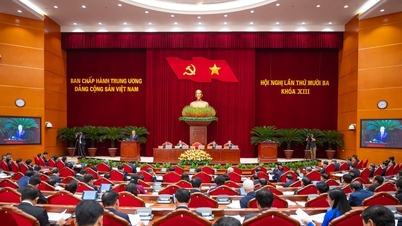

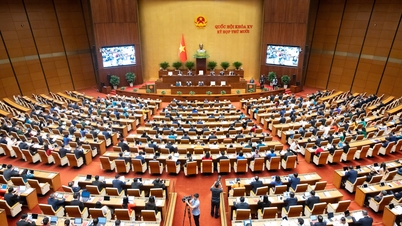

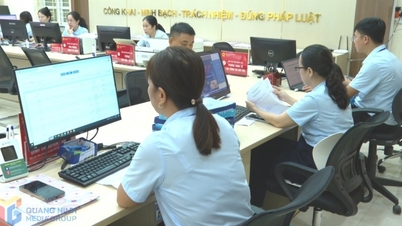

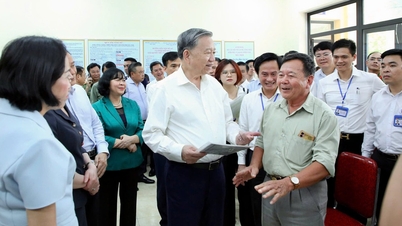

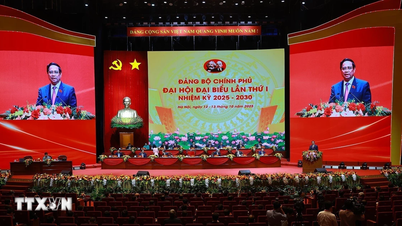

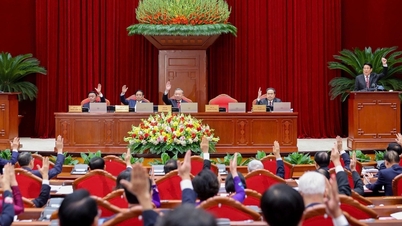












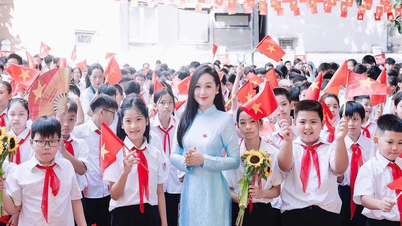




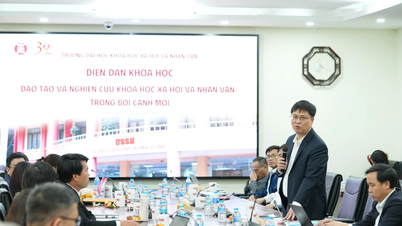


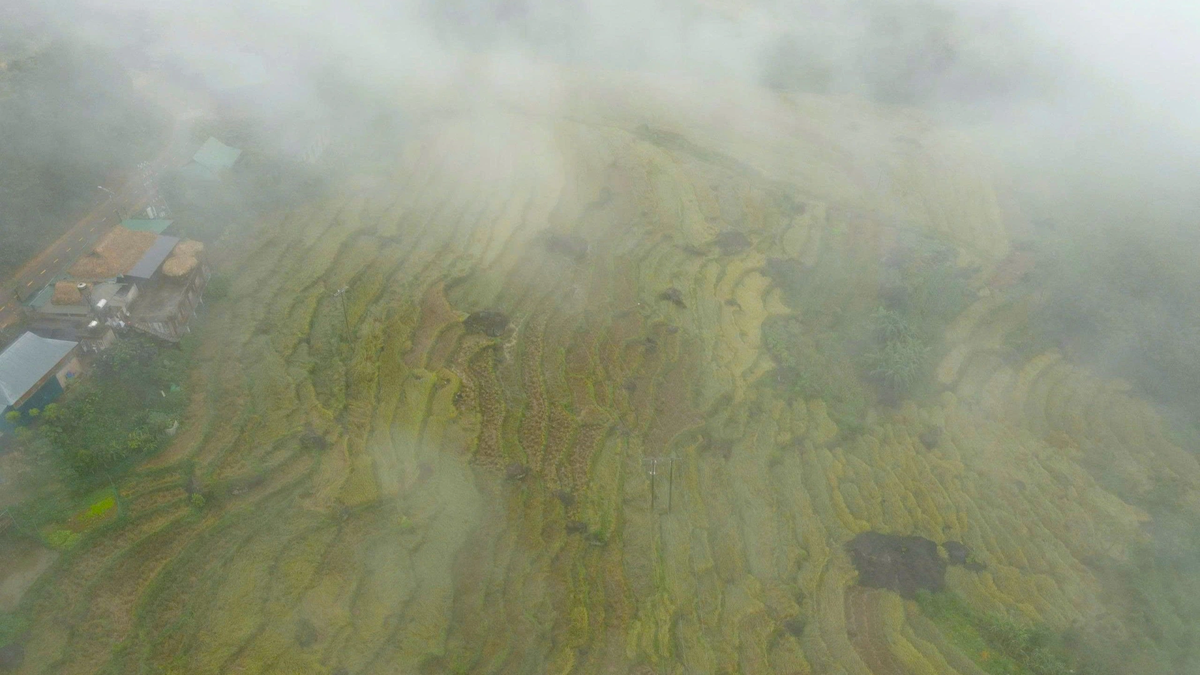










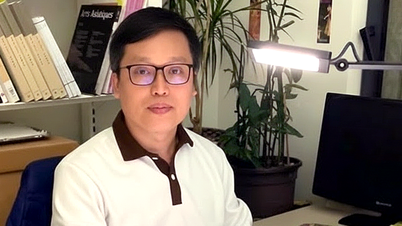



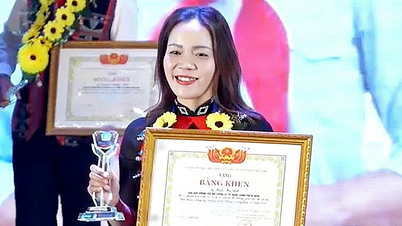




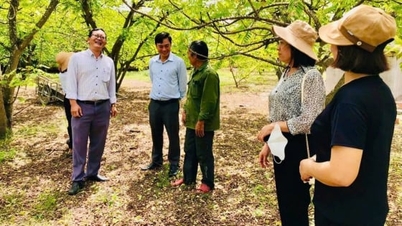





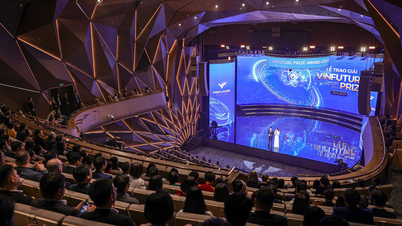
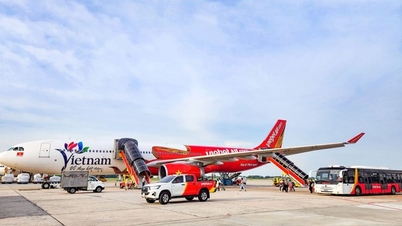







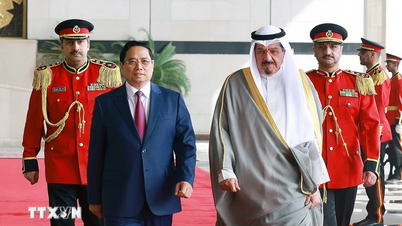
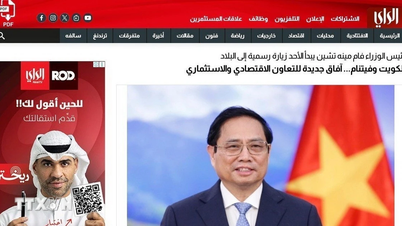






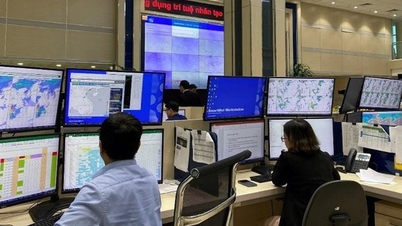
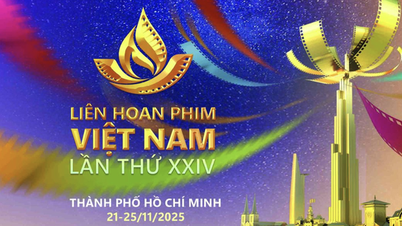



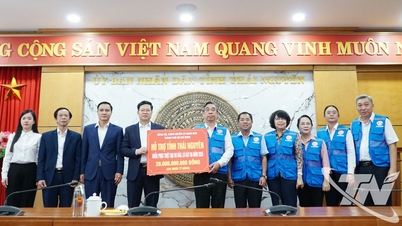

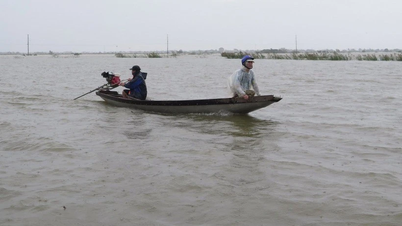

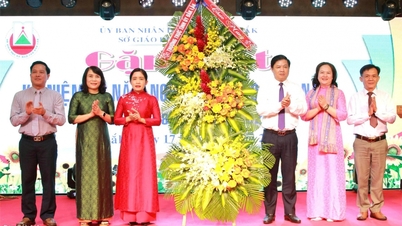

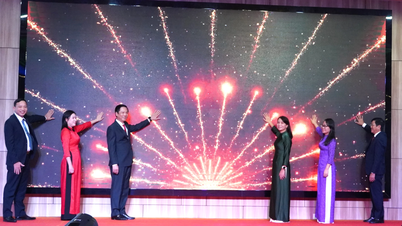
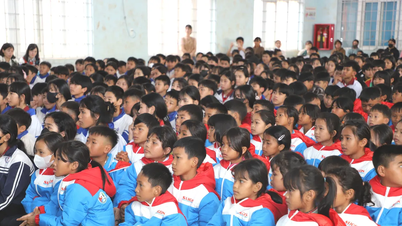

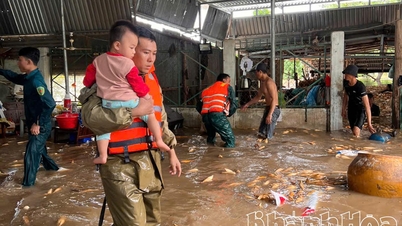

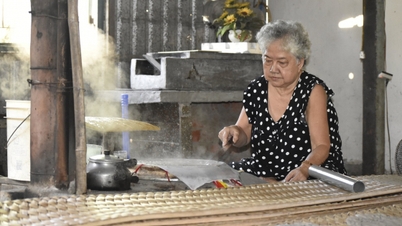












Comment (0)